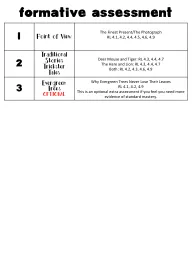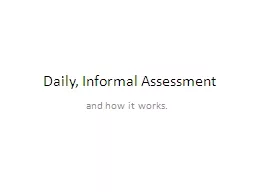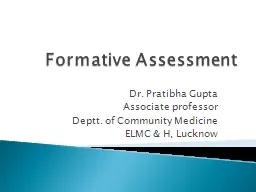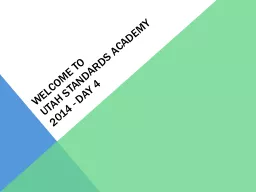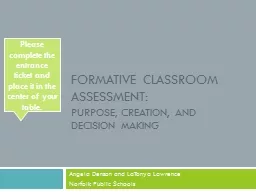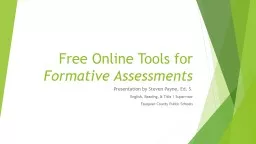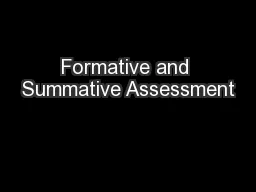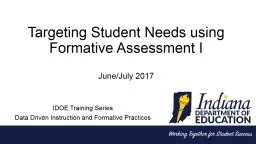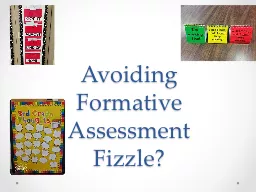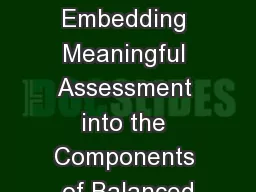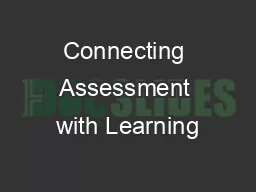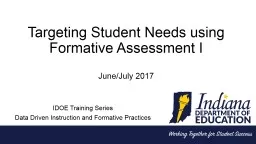PPT-formative assessment 1 Point
Author : dora | Published Date : 2022-06-11
of View The Finest PresentThe Photograph RL 41 42 44 45 46 49 2 Traditional Stories Trickster Tales Deer Mouse and Tiger RL 43 44 47 The Hare and Lion RL 43 44
Presentation Embed Code
Download Presentation
Download Presentation The PPT/PDF document "formative assessment 1 Point" is the property of its rightful owner. Permission is granted to download and print the materials on this website for personal, non-commercial use only, and to display it on your personal computer provided you do not modify the materials and that you retain all copyright notices contained in the materials. By downloading content from our website, you accept the terms of this agreement.
formative assessment 1 Point: Transcript
Download Rules Of Document
"formative assessment 1 Point"The content belongs to its owner. You may download and print it for personal use, without modification, and keep all copyright notices. By downloading, you agree to these terms.
Related Documents

